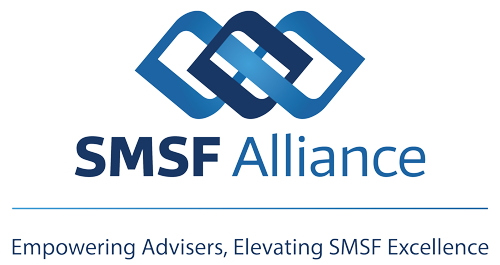A previous article referred to the loss of exempt current pension income status to those pension accounts that must now be commuted to accumulation. Apart from the obvious tax ramifications for members who must now convert their accounts from pension to accumulation there is also a death benefit consequence that must be considered. If a member dies in pension mode the tax exemptness applying to that pension continues for a period even if the assets must be sold up to pay a lump sum benefit from the fund. This is not the case if the member dies in accumulation mode and there is no eligible pension beneficiary. Typically this will occur when the last parent dies and a payout is made to surviving adult children. In this case a taxable gain will be realised. As a consequence, the asset cost bases are important. In recognition, there will be a one-off opportunity to reset the cost base of existing assets as at 30 June 2017 for assets in funds that have reduced pensions or ceased TRISs due to the reforms. Importantly, this concession is not available to funds that do not hold a TRIS or have not had a need to reduce a pension to $1.6m. Conditions apply.
Conditions differ significantly for funds that use the segregated pension asset approach this year rather than the pooled approach. Essentially an asset that is a segregated current pension asset may have its cost base revalued at 30 June 2017 if it was part of a necessary commutation of a standard pension or was supporting a TRIS that is commuted at 30 June 2017. The asset must have been held by the fund no later than 9/11/16. If there are smaller pension members as well (unaffected by the changes) it is possible for a reset to occur for all the pension assets of the fund. There are no tax consequences.
If a pooled asset approach has been used for fund investments the resetting of the cost base will raise a tax liability based on the actuarially calculated taxable portion. The tax may be paid at the time (which would be crazy) though it may be deferred indefinitely (was originally planned to limit the deferral to 10 years) and paid when the asset is finally sold. This would also seem rather unsatisfactory as it is possible that, by that time, the asset might be in a pension and would otherwise have not raised a tax liability at all.
It would seem obvious that a reset of the cost base is preferable where fully segregated pension assets exist. This will require members to have nominated which assets are supporting their pension accounts from 1 July 2016 (or at least before 9/11) to ensure that a reset of the cost base at 30 June 2017 raises no tax liability. Remember that funds that only hold pension accounts for the whole of the 2016/17 year are already segregated pension funds.


